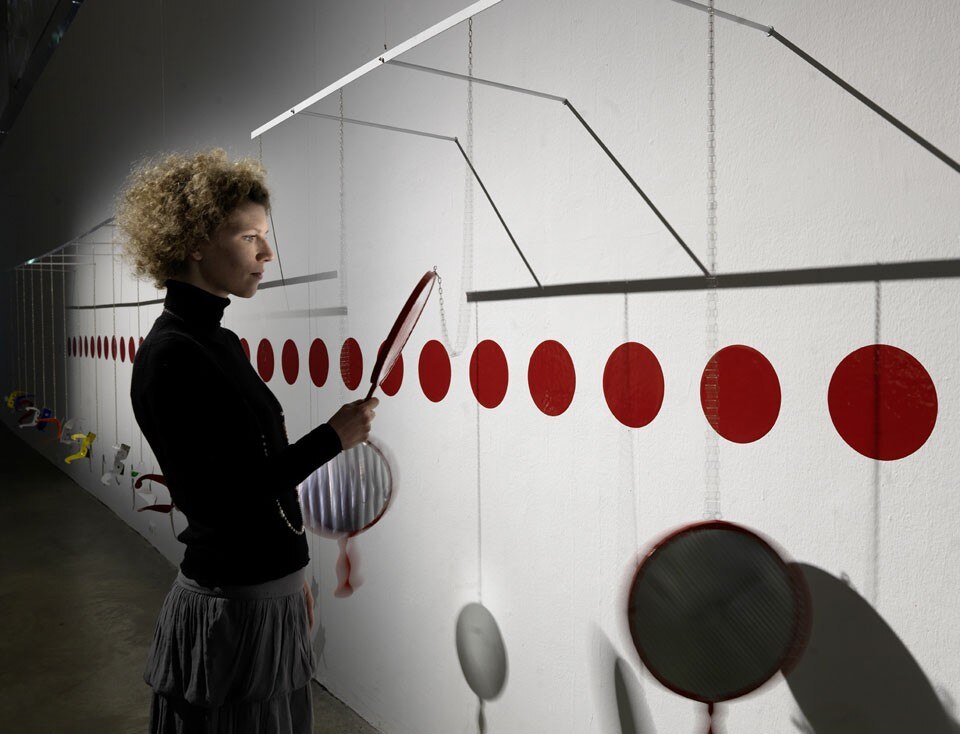Over eleven exhibitions are brought together under the truly perfect oxymoron of “soleil froid” [“cold sun”], multiplying and modifying from one room to another the temperature of the spring exhibitions at Paris’ Palais de Tokyo. They are all a little icy, somewhat cynical and with an expressed curatorial desire: to engage the public, boost numbers and offer participation using a “boulevard theatre” poster board, that includes some involuntary gags. It is a script that claims to contain — among others — the extraordinary optical research of Julio Le Parc, the Pavlovian grammar of Joachim Koester and the latest thinking on the identity of the avant-garde in a country in crisis like Greece. Thus, rather than display the coherence of these choices, the feeling of indifference for the curatorial pastime is reinforced.
Under the esoteric star of a cult guru like the French poet and dramatist Raymond Roussel (1877-1933), the season fails to deliver its promise of tracing an impossible equivalence between his exquisitely literary work and the complicated continent of the avant-garde. The series of exhibitions is a postcard already seen and does not resemble the Africa that Roussel never visited. At least the dandy sought first to remove every effect of reality from his artistic work, and the unruly genius of Roussel was able to distil effects of aesthetic, if not optical persistence.
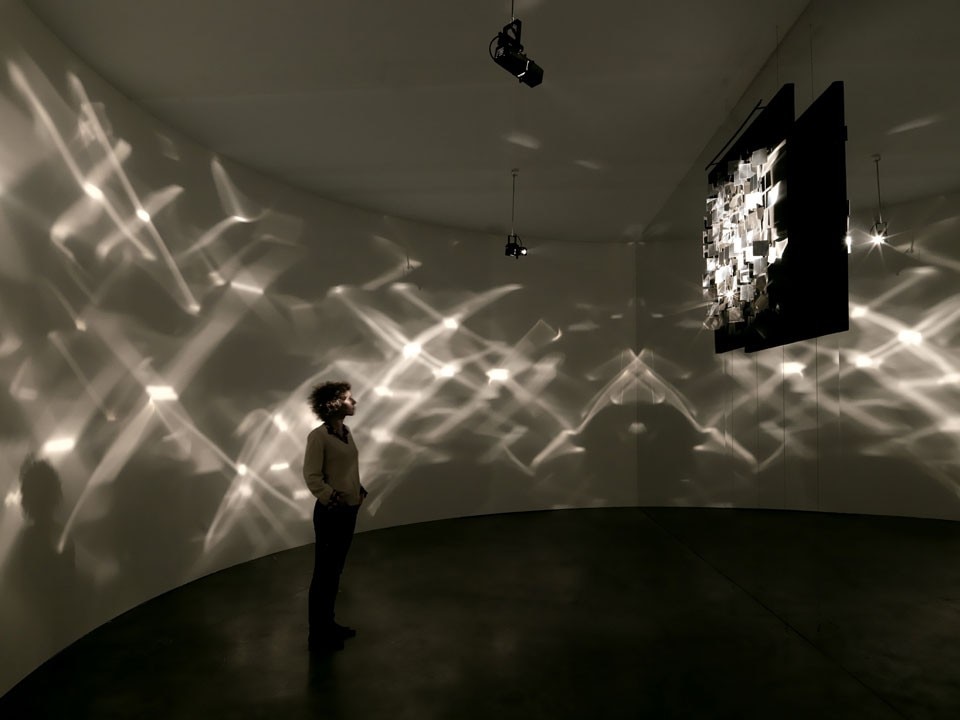
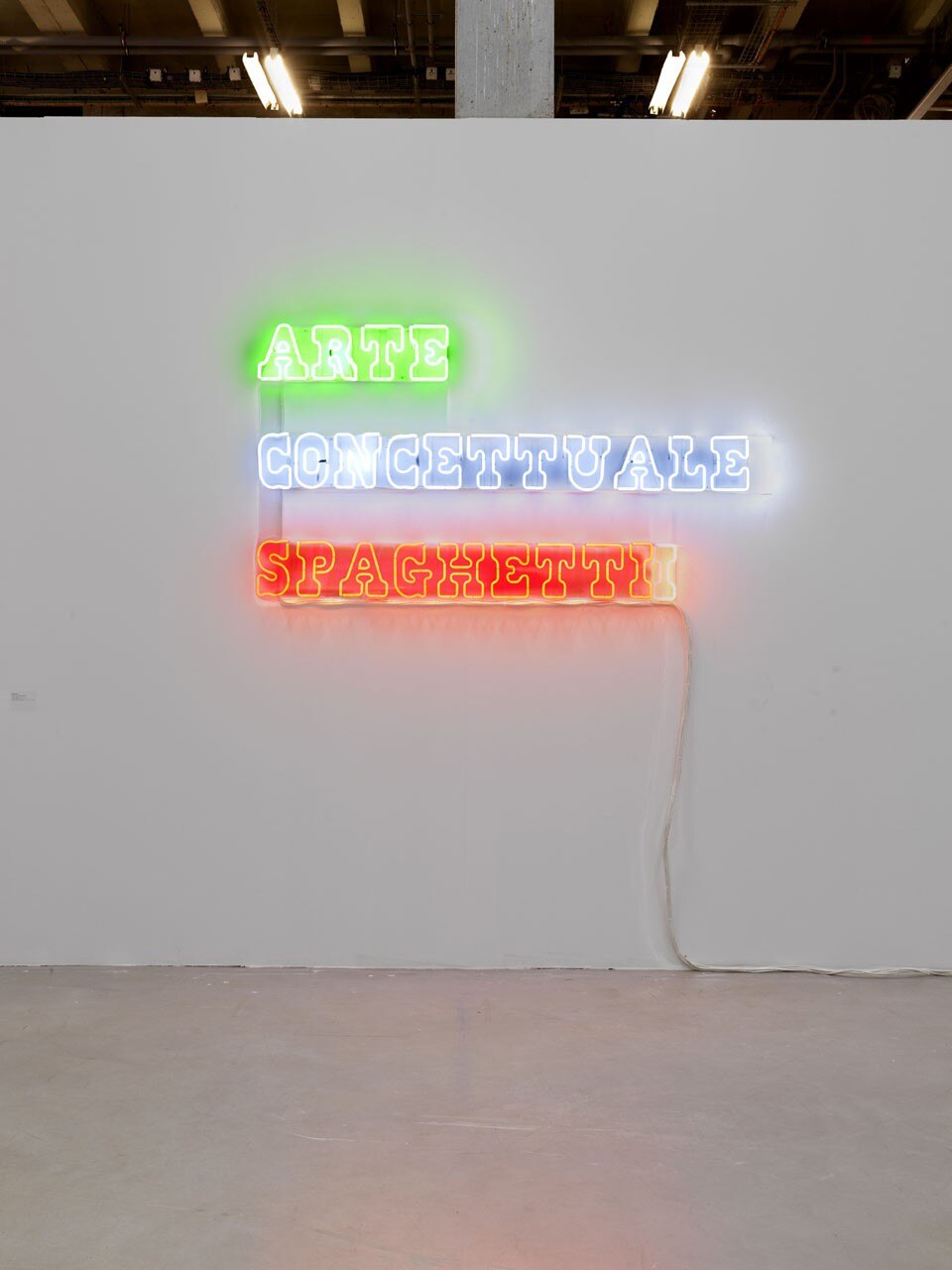
In the lower gallery, Prix Duchamp 2012 winners Dewar & Gicquel show in the run-up to their autumn exhibition at the Beaubourg, messing about with surrealist-style sophisms in “Jus d’orange”. The duo opted for a video projection room: mud sculptures are made and unmade before the eyes of the spectator, followed by a strange room that seems like a cross between Brancusi and Duchamp, but with disastrous results.
We are not only in the midst of the installation, but also of a truly deranged sense of humour that seems to run through more than one of the installations in this exhibition marathon, while the critical temperature drops. One risks being overwhelmed by strong feelings. Case in point is François Curlet’s retrospective “FUGU” — named after the extremely delicious and highly poisonous Japanese fish — where a paradoxical aesthetic, an affectation that permeated art the day before yesterday, is the specific content.
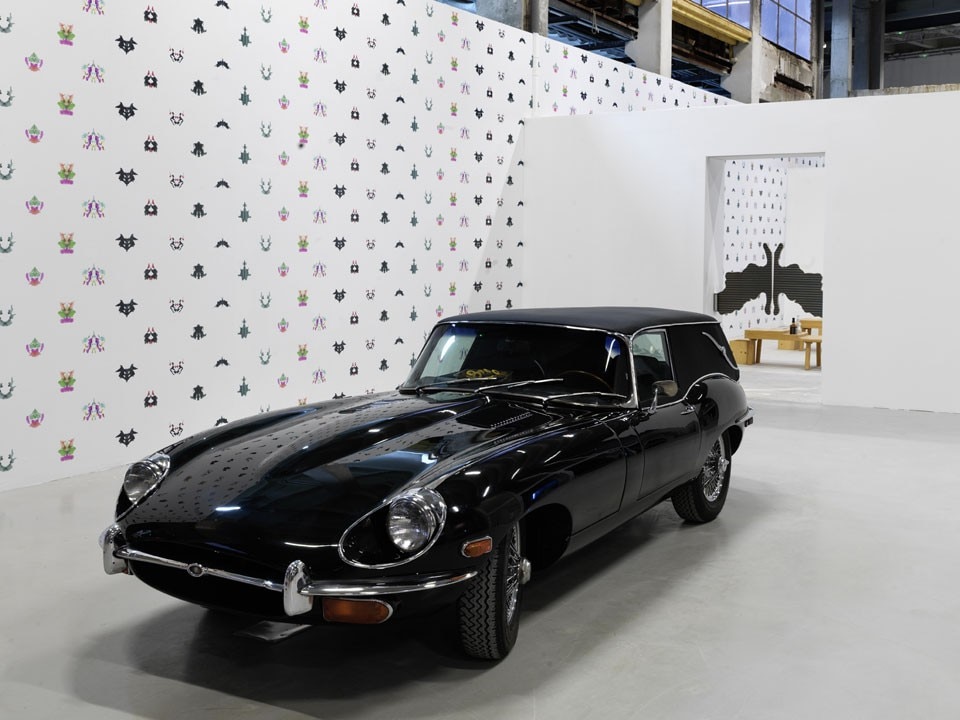
However, a few works offer us a way out of this nuclear winter. There is a splendid box by Joseph Cornell in the exhibition “Nouvelles Impressions de Raymond Roussel”, some fine editions and a great deal of documentary material. Tributes abound to a figure that fascinates the artists of the 1900s: from Duchamp to all those who sought strategies for escape and extreme conceptualism.
Finally, when all the tactical and critical games are over, one finds oneself before a fine painting by Gabriele Di Matteo and begins to understand something. Back in the day, the Italian artist painted a primary scene: Duchamp seated with Picabia and Tzara at the Paris theatre premier of Nouvel Impression d’Afrique by Roussel, when the avant-garde was still not ashamed of its existence. A century has gone by and here we are exposed to the “Cold Sun” of the interpretation. Locus Solus has gone and so has the pataphysical joy of art, leaving this senseless and protean accumulation of river-exhibitions. Even the Godardesque and highly political “HELLAS pavilion”, a qualitatively extraordinary exhibition on Greek art today curated by Nadja Argyropoulou, risks disappearing not in the light of a "soleil froid" but in the iconoclasm of entertainment. Ivo Bonacorsi
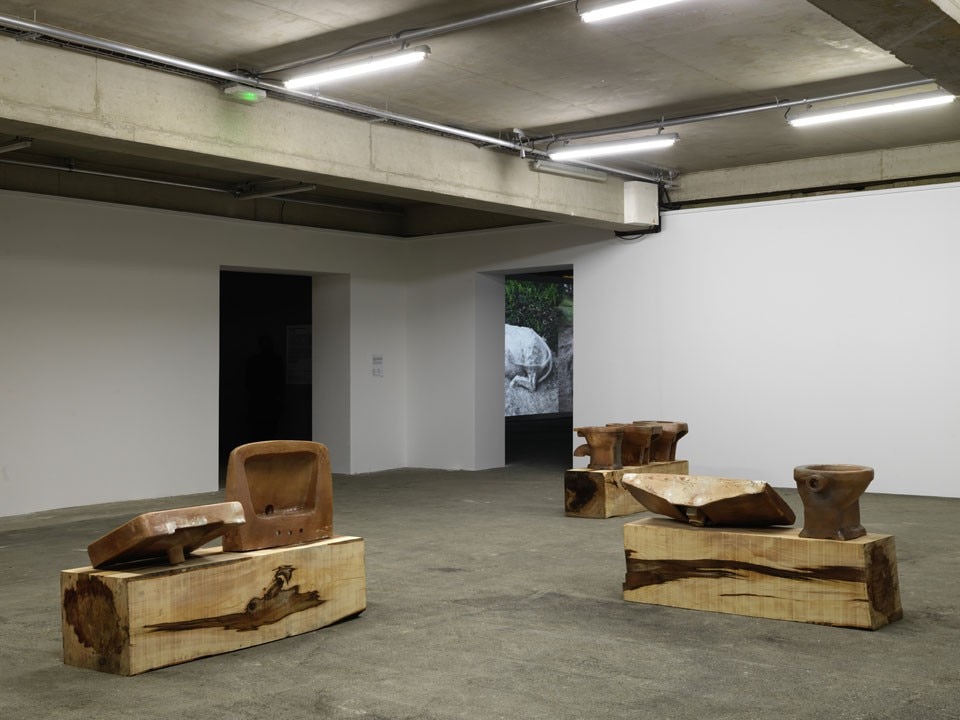
Through 20 May 2013
Soleil Froid
Palais de Tokyo
13 Avenue du Président Wilson, Paris



